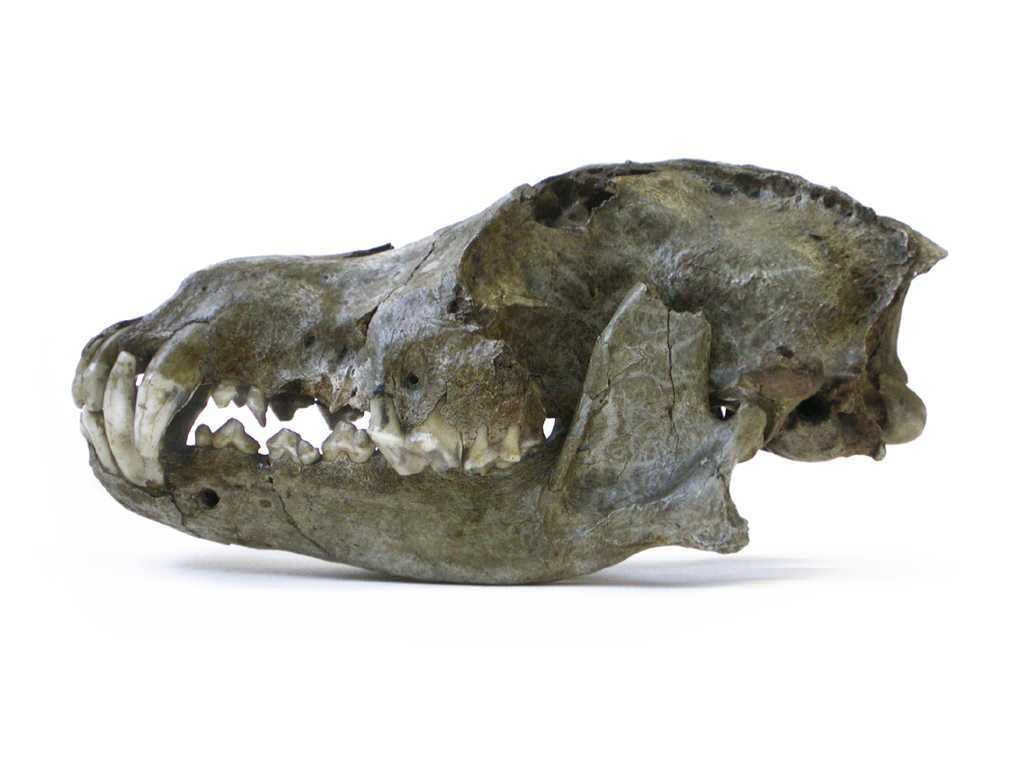Amid the harsh, icy lands of ancient Europe, early man found himself an unexpected companion — the snarling, carnivorous wolf — which would eventually become his modern-day counterpart’s best furry friend.
New genetic analysis of 148 prehistoric and modern animals has revealed that our present-day pooches are most closely related to either ancient or modern European canines. The comprehensive study points to such places as Germany and Switzerland as to where domestication of dogs likely began, and to free-roaming wolves evolving into the Rovers and Spots we know and love today.
The study was published online Thursday in the journal Science.
“The first dogs looked like wolves,” said study author and evolutionary biologist Robert K. Wayne of the University of California at Los Angeles. “It took some time before these proto-dogs started to look different.”
Wayne and his colleagues estimate domestication occurred around 18,800 to 32,100 years ago, when ice sheets extended over much of Europe’s northern lands. Hunter-gatherers feasted on huge kills, such as mammoths. But at the same time, early men looked over their shoulders for predatory cave bears and lions.
So when a few of the friendlier wolves started to hang around for leftover mammoth, perhaps the humans didn’t mind because they provided a little extra protection. They began the first step toward domestication by co-existing with wolves in a mutually beneficial relationship, the scientists speculate.
The docile wolves bred and stuck with their new human friends. They stopped intermingling as much with the wild wolves. After generations upon generations of selective breeding, wolves slowly became more like the dogs of today — still the only large carnivore ever domesticated, said Wayne. They even adapted to a high-starch diet, leaving them in better shape during human society’s later forays into agriculture.
Although there was no question that modern dogs descended from wolves, recent research findings clashed over where and when domestication originated.
The team gathered genetic data from 18 prehistoric dog-like fossils from Eurasia and the New World, along with a slew from present-day dogs and wolves.
In total, the team input 148 complete and partial mitochondrial sequences into a model that spit out an evolutionary tree. To the researchers’ surprise, all four of the living groupings of modern dogs had their closest ancestors in Europe, not Asia.



